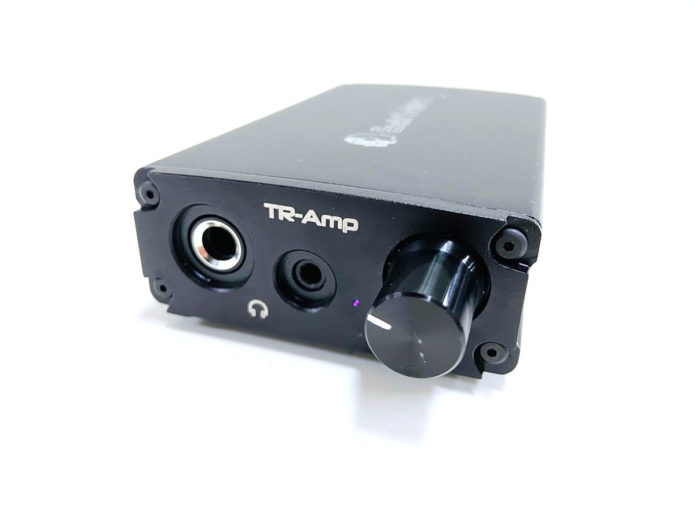

- #Lange earman on the projectibility of grue verification#
- #Lange earman on the projectibility of grue series#
Given the importance of the ice-edge position, the mean distance between the forecasted and the true (observed) ice edge has been used as a verification metric by several groups.

There is no consensus yet on how best to assess the quality of sea ice forecasts, in particular when it comes to evaluating the spatial distribution of sea ice instead of just the pan-Arctic extent or volume (for an overview of current practice in sea ice verification, see Smith et al. Despite these important recent developments, sea ice forecasts and their verification are still at an early stage. Seasonal forecasts based on similar dynamical or simpler statistical models are increasingly being produced, and most of these forecasts are evaluated in the Sea Ice Prediction Network (SIPN) Sea Ice Outlook.

Įxisting Arctic sea ice forecasting systems based on global or regional coupled (atmosphere-sea ice-ocean) general circulation models are starting to be used operationally for short-term (up to ∼10 days ahead) sea ice predictions. Numerical weather prediction systems are also expected to benefit from the inclusion of skillful sea ice forecast components, in polar regions and beyond. For the anticipated developments to be sustainable, reliable forecasts of Arctic weather and climate, including sea ice in particular, are indispensable, especially in order to reduce risks of human and environmental emergencies and to enable efficient responses. The volume of marine transport through the Arctic, for example, could increase rapidly in the coming decades. The ongoing retreat of sea ice opens new opportunities for human activities in the Arctic. This means that the Arctic sea ice edge is less predictable than sea ice extent, particularly in September, with implications for the potential skill of end-user relevant forecasts. In idealized forecast ensembles initialized on 1 July, the IIEE grows faster than the absolute extent error. We find that the often-neglected misplacement error makes up more than half of the climatological IIEE. The IIEE lends itself to decomposition into an absolute extent error, corresponding to the common sea ice extent error, and a misplacement error. We introduce the integrated ice-edge error (IIEE), a user-relevant verification metric defined as the area where the forecast and the “truth” disagree on the ice concentration being above or below 15%. Here we analyze the potential predictability of the Arctic sea ice edge in six climate models. All rights reserved.Skillful sea ice forecasts from days to years ahead are becoming increasingly important for the operation and planning of human activities in the Arctic. This article defines Wiener-Granger Causality, discusses its merits and limitations in neuroscience, and outlines recent developments in its implementation.Ĭopyright © 2010 Elsevier Inc.
#Lange earman on the projectibility of grue series#
Causality in the Wiener-Granger sense is based on the statistical predictability of one time series that derives from knowledge of one or more others. Rather, it relies on the estimation of causal statistical influences between simultaneously recorded neural time series data, either in the absence of identifiable behavioral events or in the context of task performance. The Wiener-Granger method, unlike stimulation and ablation, does not require direct intervention in the nervous system. This approach was made possible by a new method that comes from the pioneering work of Wiener (1956) and Granger (1969). This article describes a fundamentally different approach to identifying causal connectivity in neuroscience: a focus on the predictability of ongoing activity in one part from that in another. For decades, the main ways to study the effect of one part of the nervous system upon another have been either to stimulate or lesion the first part and investigate the outcome in the second.


 0 kommentar(er)
0 kommentar(er)
